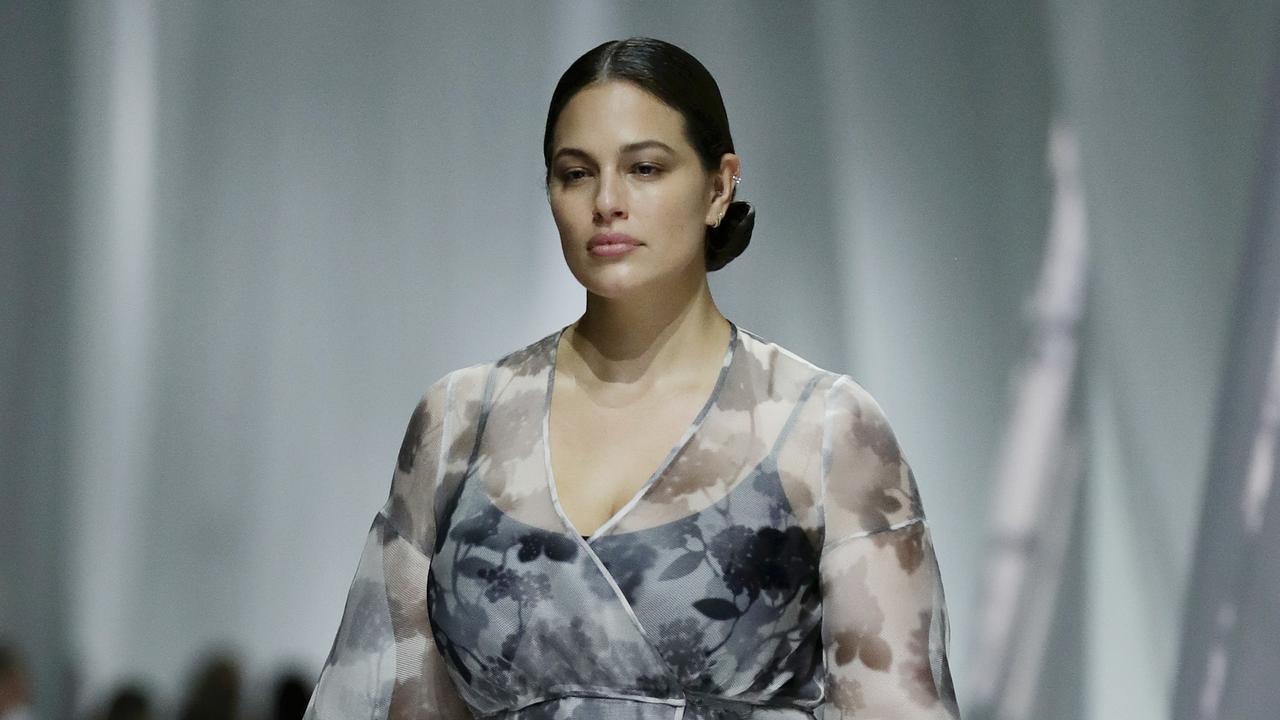How COVID-19 pushed the fashion industry to embrace ‘real people’
It looks like the fashion industry might finally changing for the better. It’s just a shame that after all the news stories and industry pressure to put more realistic people on the catwalk, it took a global health crisis to do so, Kerry Parnell writes.

- Prim or promiscuous? Sex secrets of Jane Austen
- Cardi B winning war of words over conservative critics
Something radical has happened on the catwalk – it’s full od “real” people, wearing “real” clothes.
A global pandemic was never going to be the optimum time for Fashion Week — “this season, dahling, I’ll be mostly wearing a Chanel face mask with my slippers” — but it seems the virus has started a new trend.
Lockdown changed people’s relationship to fashion and shopping and the Black Lives Matter movement changed our expectations of diversity.
While New York was a virtual Fashion Week and London held small events, the Italians defiantly got back to business in Milan this week to save one of their biggest industries. And what they sent out was visibly different.
No more so than at Fendi, whose collection stood out purely because it didn’t stand out, it just made you think, “Oh that’s lovely,” and fantasise where you would wear that 1940s-style skirt suit should you be likely to a) ever go anywhere again and b) ever have the cash to afford a Fendi skirt suit.

The answer for most of us is no and no again, but that’s not the point.
But the boldest thing designer Silvia Venturini did in what is her final show, was cast models of all ages, sizes and diversity.
Walking the catwalk were supermodels Yasmin Le Bon, 55, Eva Herzigova, 47, Karen Elson, 41, original It Girl Cecilia Chancellor, 54, and 1960s model Penelope Tree, 70.
They were joined by plus-size model Ashley Graham, 32, in a refreshingly diverse cast of male and female models.
“At this time to just talk about fashion seems not enough,” Silvia told Vogue.
“I wanted to achieve clothes that are about the moment, but which also are part of your life, for your life.”
GET MORE CONNECTED:
What you get as a subscriber to The Daily Telegraph
Download our app and stay up to date anywhere, anytime
I want the clothes to be part of my life too Silvia, if I could get a 99 per cent discount …
It was the same story at other fashion houses. Alberta Ferretti binned the red-carpet showstoppers in favour of comfy pants and maxi dresses and while her models were all slim and lithe, they were diverse.
The designer told Vogue: “Certainly, the pandemic influenced and changed our feelings and our needs. It wasn’t just a ‘reset moment’ but a time to rethink what women could desire.”
And Prada presented a virtual collection based around a basic uniform, including luxe pyjamas.
“In a time of incredible complexity: What matters? What is meaningful?” said Miuccia Prada of her first joint collection with Raf Simons.
“We wanted to create something that makes sense to people, something that is useful.”
It seems adversity does breed innovation. It’s just a shame that after all the news stories and industry pressure to put more realistic people on the catwalk, it took a global health crisis to do so.
I guess when the market for teeny-tiny, super-pricey outfits to wear on the red carpet vanishes overnight, one has to expand one’s vision and waistlines for the rest of us.
The big test, of course, is whether the industry has made a real pivot, or just a swerve. Let’s hope the new look doesn’t become “so last season,” faster than you can say jumpsuits.
Originally published as How COVID-19 pushed the fashion industry to embrace ‘real people’




